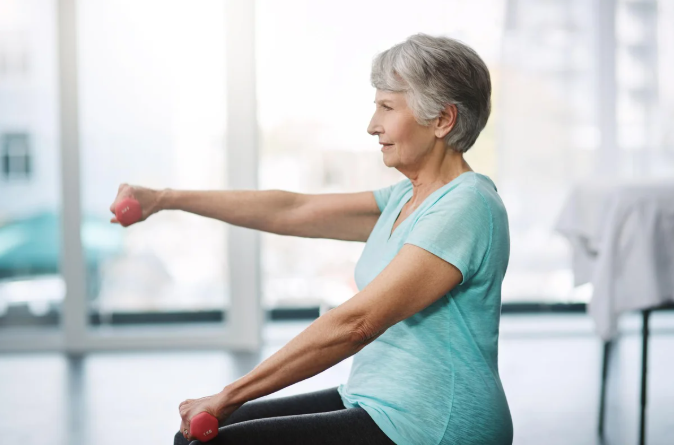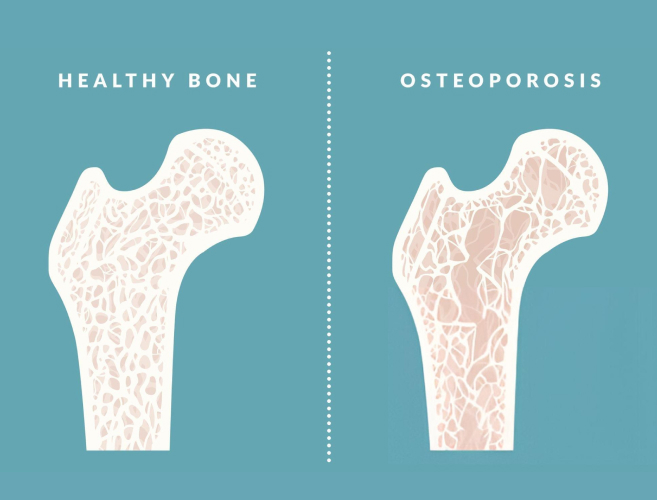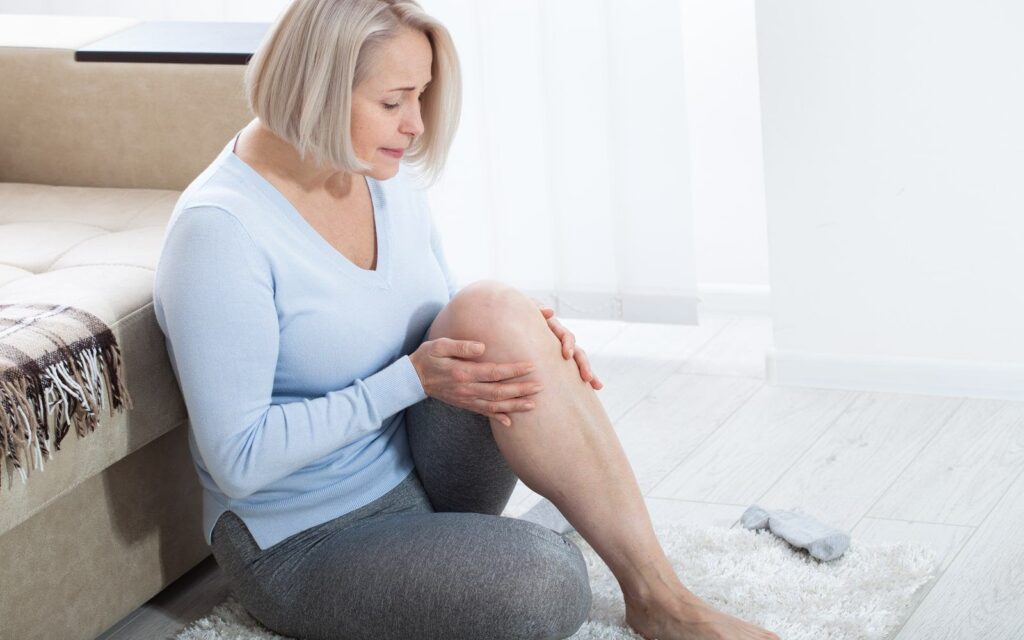
Osteoporosis is a dreaded word as we get older. Many of us have had the experience of a family member who has fallen and broken their hip, a vertebra, or their wrist or shoulder. As we live longer and as a result of hormonal changes and genetic characteristics, our risk of developing osteoporosis—and some of these subsequent catastrophes—continues to grow. Women are at even higher risk of developing osteoporosis, but men are not excluded.
Women are particularly susceptible to osteoporosis due to hormonal changes that occur during menopause. Estrogen plays a critical role in maintaining bone density, and as estrogen levels decline, bone loss accelerates. This makes postmenopausal women especially vulnerable to fractures. Hormone replacement therapy (HRT) can sometimes be considered to help mitigate this loss, but it is important to discuss the benefits and risks with a healthcare provider.
Adopting a healthy lifestyle can also mitigate these risks. Important strategies include proper nutrition, regular exercise, and lifestyle modifications when necessary.
Let’s start with a healthy diet; eating foods rich in calcium and vitamin D are absolutely essential for bone health. Calcium is the primary mineral in bones, and women should aim for 1000 to 1500 mg per day of calcium, especially when reaching menopausal age. Good sources include dairy products, leafy greens, almonds, and some cereals and plant-based milk.
Vitamin D is equally, if not more important, because it helps the body absorb calcium. Sun exposure is a natural way to get vitamin D—perfect for the Arizona lifestyle! Fatty fish, egg yolks, and some fortified foods can help, but supplements are an easy way to add this to your daily diet. Traditionally, medicine has not recommended adequate doses of vitamin D. I believe 1000 to 5000 international units per day is appropriate.
Other important nutrients include magnesium which supports calcium absorption, muscle strength and energy, as well as vitamin K which plays a role in bone formation. Eating fruits, vegetables, and whole grains ensures that bones get these necessary nutrients.
My favorite recommendation to maintain bone health is EXERCISE. Regular physical activity is crucial to maintain bone density. Weight-bearing exercises such as walking, jogging, dancing, tennis, and pickleball are all helpful to stimulate bone formation. Strength training is also an important adjunct for muscle tone and bone density. Balance and flexibility, such as yoga, Pilates, and tai chi, can also reduce the risk of falls, which is especially important as we age. Women, particularly postmenopausal women, should focus on resistance training, which has been shown to significantly reduce bone loss and improve overall strength. Thirty minutes of weight-bearing exercise at least five days a week is a good goal.
Lifestyle choices are critically important as well. For example, smoking has been linked to lower bone density and an increased risk of fracture. Excessive alcohol consumption can also weaken bones. Maintaining a healthy weight is crucial because bones respond to weight-bearing. Therefore, being underweight or too thin can also increase the risk of fracture, as can carrying excessive weight. A balanced diet combined with regular exercise is the best way for women to maintain a healthy body composition.
Bone density testing can help detect early evidence of osteoporosis, allowing for timely intervention. Women should seek out this test with their family doctor or an endocrinologist by age 55, and even earlier if there is a family history of osteoporosis or other risk factors such as early menopause, chronic corticosteroid use, or autoimmune disorders. Treatment for osteoporosis is also improving, but preemptive steps are always better.
In other words, maintain your bone health, and then you don’t have to chase it!


